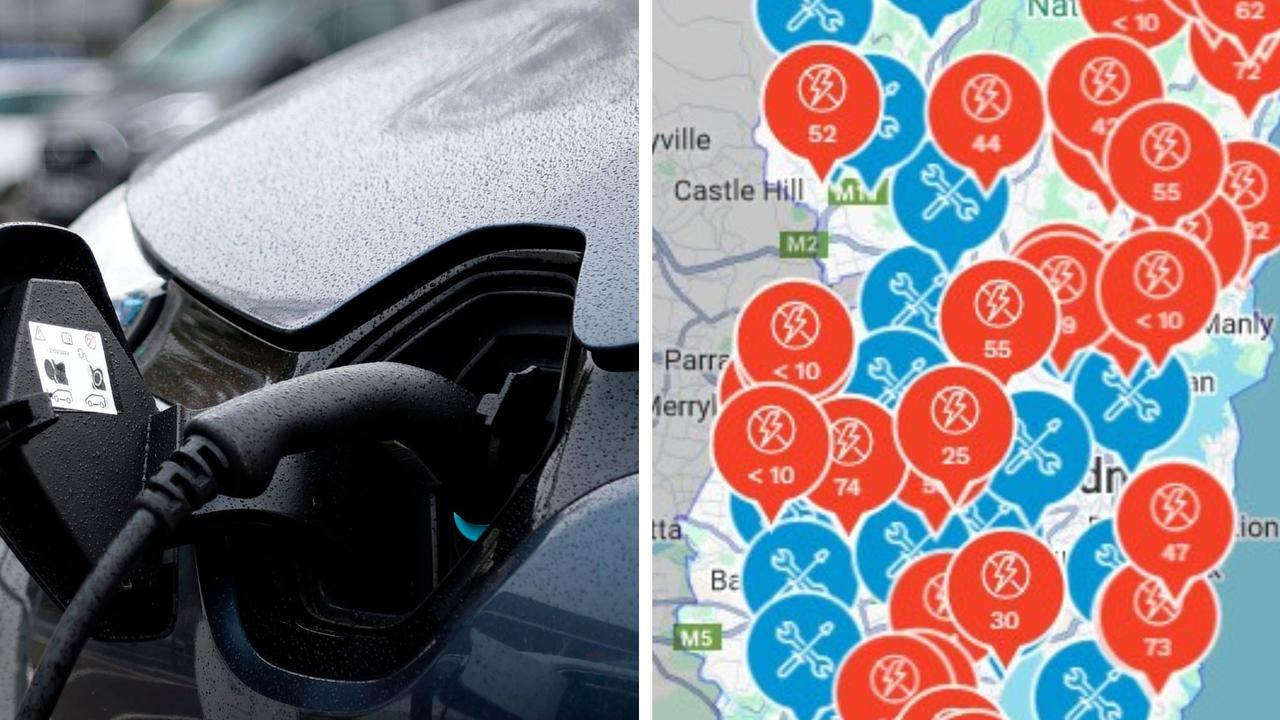By Matt Campbell
I’ve got no electricity, no hot water, and thankfully just enough battery power on my laptop to tell you that I wish I had a home battery pack…
But I kind of do.
Because I’m a car reviewer, and I test out lots of new vehicles. And some of those vehicles can run household appliances in emergencies.
‘Vehicle-to-load’ or ‘V2L’ is the terminology used for this ability to use a vehicle’s high voltage battery pack to power things other than the electric motor of the car itself.
You might remember earlier this year, during Cyclone Alfred, when EV owners surprised the internet with how their cars kept their fridge cold during power outages.
It is common in fully electric cars, like the Hyundai Inster I have parked in my driveway right now.
MORE: How ‘The Chargers’ will keep power on during storms
It’s a $40K-ish small EV with a little battery, and while it isn’t fully charged, I can plug into the exterior charge port using a special adaptor to plug in a household appliance or a powerboard.
This particular EV offers up to 3.6kW of power output, even when the car itself is switched off. That means I could run a cable to a fridge, heater, or even emergency medical equipment to keep things powered up.
The tech is becoming more commonplace in electric cars, and it has even found its way into some of the most popular cars on the market, like the Ford Ranger.
There’s a new plug-in hybrid version of the Ranger with a set of powerpoints built into the tub area, which allow you to do much the same thing – power appliances or charge battery-powered items using the vehicle’s high-voltage battery. The so-called ‘Pro Power Onboard’ has a maximum output of 6.9kW – two tub-mounted plugs at 3.45kW each, and another outlet in the cabin (2.3kW).
The BYD Shark 6 ute also has V2L – in fact, it has three powerpoints in the tub, with a maximum output of 6.6kW. That’s enough to keep a household running. Maybe even get a load of washing done.
MORE: The revolutionary feature in plug-in hybrids
There have been stories over recent years that couldn’t have been told before the age of EV battery tech – like the owners of EVs that came to the rescue in Cyclone Alfred earlier in 2025, or the woman who used her EV to keep her son’s dialysis machine going in 2023.
Seriously, it could be as simple as running an extension cable to neighbours in need, or making sure your $500 worth of shopping won’t spoil because of a flimsy power network.
And yes, you can use it for powering tools at the worksite, or even setting up your Christmas decorations, but this underrated and underappreciated technological advancement is literally saving lives every day around the world.
So the idea of an electric vehicle, or even a hybrid one, is not just about saving fuel and “doing your bit for the environment” – it’s also potentially a clever investment if you don’t want to go for a home battery system. It’s like a mobile home battery in some ways.
And with the current ‘bomb cyclone’ smashing NSW and more insane and unpredictable weather events almost certainly heading our way, it’s time I brave the deluge and get outside to the Inster to run an extension lead inside to keep my laptop powered up.
Might even plug in the kettle for a nice cuppa, too.
